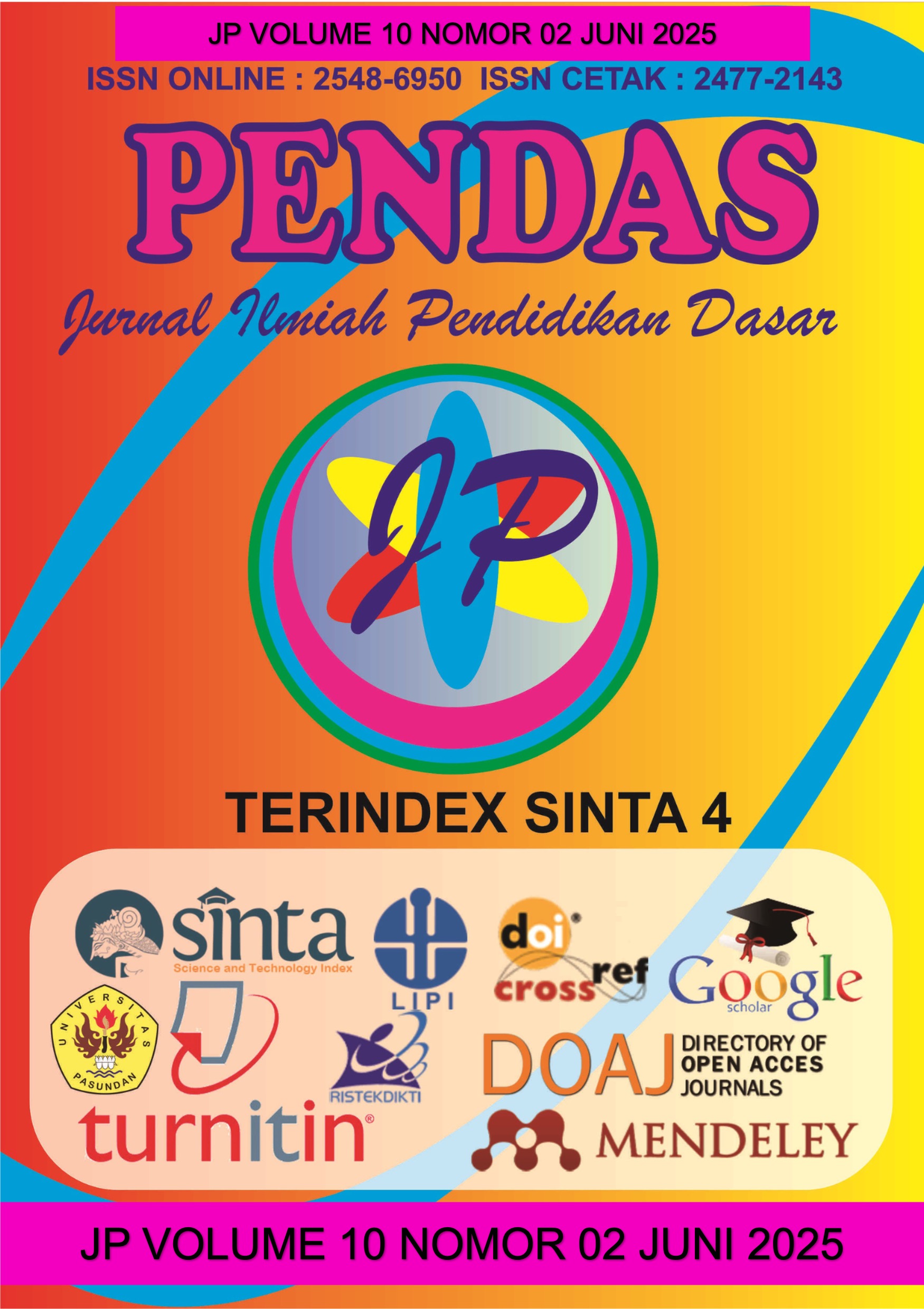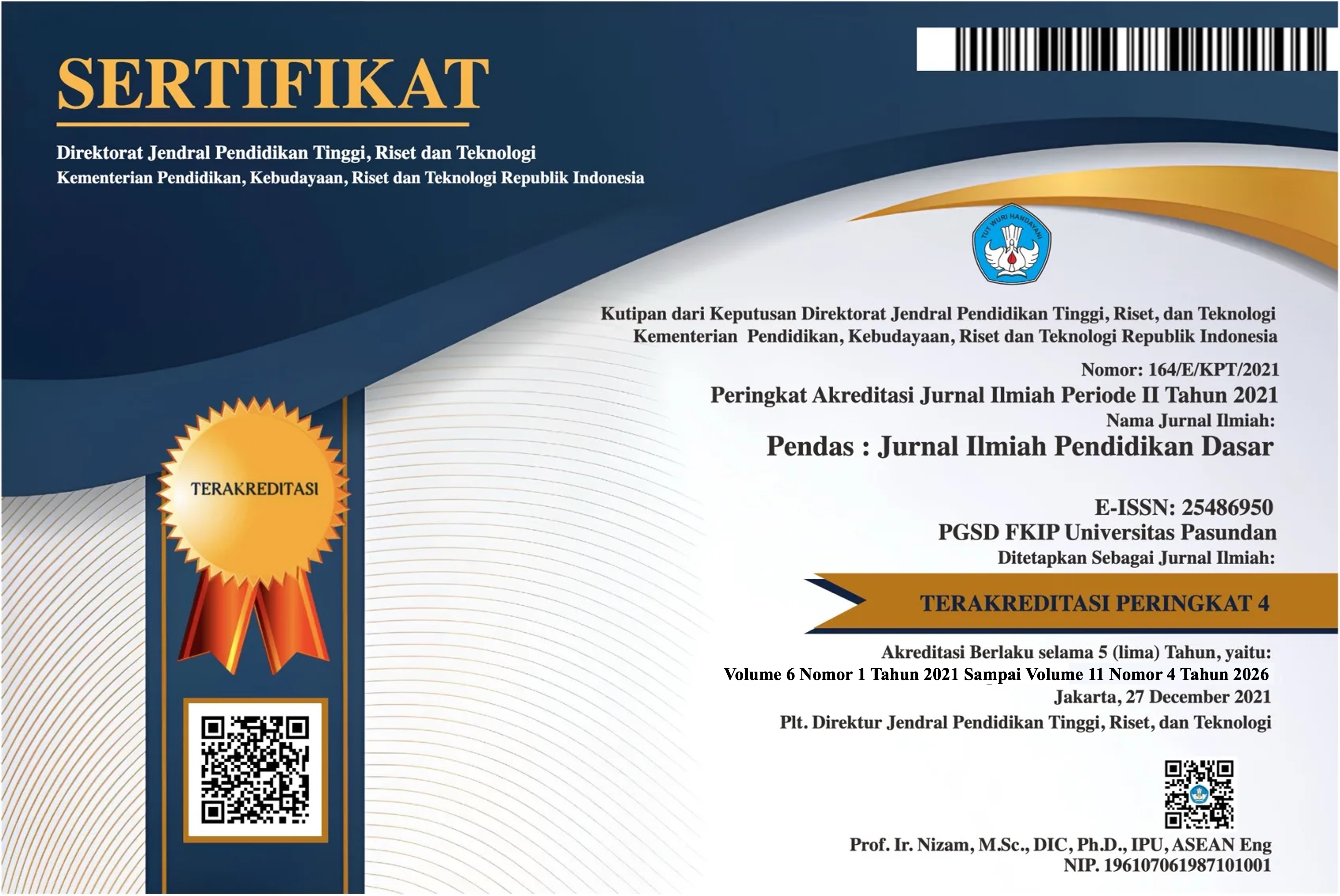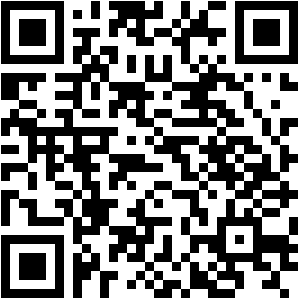EFEKTIVITAS MEDIA PEMBELAJARAN MATEMATIKA BERBASIS ANDROID DITINJAU DARI KEMAMPUAN KOMUNIKASI MATEMATIS DAN RASA INGIN TAHU PESERTA DIDIK SEKOLAH DASAR
DOI:
https://doi.org/10.23969/jp.v10i02.28131Keywords:
Android-Based Mathematics Learning Media, Mathematical Communication, Curiosity, Media Pembelajaran Matematika Berbasis Android, Komunikasi Matematis, Rasa Ingin TahuAbstract
The development of digital technology has brought significant changes to the field of education, including mathematics learning. This study aimed to examine the effectiveness of Android-based learning media in improving students' mathematical communication skills and curiosity. The research was conducted in Class V A of SDN 027 Samarinda Ulu during the 2024/2025 academic year, using a quasi-experimental pretest-posttest design. Data were collected through tests and questionnaires, then analyzed. The normality test results indicated that the data were normally distributed. The homogeneity test showed that the data were homogeneously distributed. The one-sample t-test and proportion test revealed that the average score of students' mathematical communication exceeded the minimum threshold of 70, and more than 75% of students reached this score, placing them in the “good” category. Meanwhile, the paired-sample t-test showed a significant increase in students’ curiosity after the learning intervention, and the one-sample t-test showed that the final curiosity scores exceeded the benchmark of 73.41. The use of Android-based learning media proved to be effective in developing mathematical communication skills and fostering students’ curiosity. These findings reinforce the importance of integrating technology into the learning process to create an active, meaningful, and enjoyable learning environment.
Downloads
References
Alamri, A., Alghanmi, B., & Alyoubi, A. (2023). Enhancing student engagement through mobile-based learning applications. Journal of Educational Technology, 19(1), 34–49.
Arifin, N. (2022). Efektivitas Model Pembelajaran Problem Based Learning Ditinjau Dari Kemampuan Literasi Matematika Dan Rasa Ingin Tahu Peserta Didik Di Sekolah Dasar. Pendas Mahakam : Jurnal Pendidikan Dan Pembelajaran Sekolah Dasar, 7(1), 9–17. https://doi.org/10.24903/pm.v7i1.1015
Arifin, N., & Abadi, A. M. (2018). Pengembangan Perangkat Pembelajaran Matematika dengan Discovery Learning Berorientasikan Kemampuan Penalaran dan Komunikasi Matematis. Jurnal Pendas Mahakam, 3(2), 125–138.
Alharbi, M., Alghamdi, S., & Alqahtani, A. (2022). Investigating the Use of Collaborative Learning in Developing Mathematical Communication. Journal of Education and Learning, 11(4), 156–173. https://doi.org/10.5539/jel.v11n4p156
Chen, H., & Zhang, Q. (2023). Fostering Critical Thinking Through Mathematical Communication. Educational Studies in Mathematics, 104(3), 411–430. https://doi.org/10.1007/s10649-023-10187-9
Heffernan, N., Heffernan, C., & Wagner, C. (2023). Interactive learning systems and student motivation: A meta-analysis. Journal of Educational Technology, 45(2), 112-130.
Karcher, E. L., Koltes, D., Wenner, B., & Wells, J. (2022). Sparking curiosity and engagement through online curriculum. Poultry science, 101(2), 101577.
Kashdan, B. T., et al. The Five-Dimensional Curiosity Scale Revised (5DCR): Briefer subscales while separating overt and covert social curiosity. Personalitu and Individual Differences, 157. doi.org/10.1016/j.paid.2020.109836
Khan, M. A., Nabi, M. K., & Ahmad, S. (2022). Evaluating the impact of Android applications on learning outcomes in mathematics. International Journal of Mobile Learning and Organization, 16(3), 245–261.
Kilpatrick, J., Swafford, J., & Findell, B. (2022). Adding it up: Helping children learn mathematics. National Academy Press.
Litman, J. (2022). Curiosity: The force within us. Journal of Educational Psychology, 114(3), 405-419.
Loewenstein, G. (2021). The psychology of curiosity: A review and reinterpretation. Psychological Bulletin, 147(2), 189-208.
Mishra, P., Koehler, M. J., & Henriksen, D. (2022). The TPACK framework and its implications for teaching with technology. Teachers College Record, 124(3), 45-59.
Nabayra, N., J, (2024). On-the-Go Android-Based Learning Tool for Mathematics in Geographically Challenged Areas. International Journal of Learning, Teaching and Educational Research, 23 (8), 643-667.
National Council of Teachers of Mathematics (NCTM). (2020). Principles to actions: Ensuring mathematical success for all. NCTM Publications.
Nguyen, T., et al. (2024). Vietnamese sixth graders' mathematical communication competency developed by teaching fraction topics using the 5E model. Heliyon, 10(20).
Ryan, R. M., & Deci, E. L. (2022). Intrinsic and extrinsic motivations: Classic definitions and new directions. Contemporary Educational Psychology, 68, 101-118.
Smith, M. S., & Stein, M. K. (2020). Investigating written expressions of mathematical reasoning for students with learning disabilities. The Journal of Mathematical Behavior, 58, 100775.
Sung, Y. T., Chang, K. E., & Liu, T. C. (2022). The role of gamified apps in supporting student learning in primary education. Educational Technology & Society, 25(1), 101–113.
Tavares, R., et al. (2021). Mobile App for Science Education: Designing the Learning Approach. Education Science. 11(79), 1-23.
Tondeur, J., van Braak, J., Ertmer, P. A., & Ottenbreit-Leftwich, A. T. (2020). Understanding the conditions for teachers' technology integration in education: Review of recent literature. Computers & Education, 144, 103-120.
Vélez, J., Salinas, A., & Lucero, M. (2021). The impact of mobile apps on primary mathematics education. Computers in Human Behavior, 115, 106-114.
Zainudin, Z., & Ismail, N. A. (2022). Integrating mobile learning tools into primary mathematics education. Journal of Interactive Mobile Technologies, 16(4), 60–78.
Zhao, F., Zhang, H., & Xu, L. (2021). Mobile technology integration in mathematics education: A systematic review. Computers & Education, 167, 104183.
Zhu, Y., & Fan, L. (2022). The Role of Mathematical Communication in Conceptual Learning: A Meta-Analysis. International Journal of Educational Research, 112, 101820. https://doi.org/10.1016/j.ijer.2022.101820
Downloads
Published
Issue
Section
License
Copyright (c) 2025 Pendas : Jurnal Ilmiah Pendidikan Dasar

This work is licensed under a Creative Commons Attribution 4.0 International License.



















